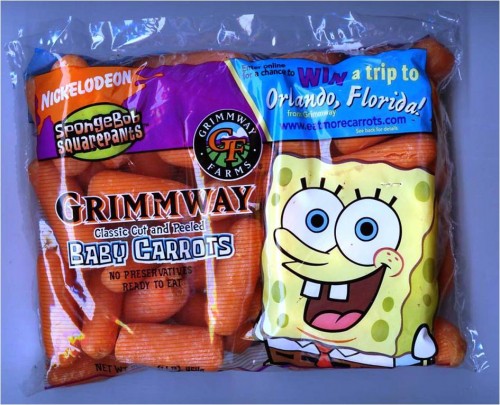One more time: corn sugar chemistry
Thanks to alert reader Glen for pointing out that the FDA already has a regulation for Corn Sugar in the Code of Federal Regulations, under food substances Generally Recognized as Safe (GRAS). CFR Section 184.1857 reads:
(a) corn sugar (C6H12O6, CAS Reg. No. 50-99-7), commonly called D-glucose or dextrose, is the chemical [alpha]-D-glucopyranose. It occurs as the anhydrous or the monohydrate form and is produced by the complete hydrolysis of corn starch with safe and suitable acids or enzymes, followed by refinement and crystallization from the resulting hydrolysate.
(b) The ingredient meets the specifications of the Food Chemicals Codex, 3d Ed. (1981), pp. 97-98 under the heading “Dextrose….”
(c) In accordance with 184.1(b)(1), the ingredient is used in food with no limitation other than current good manufacturing practice.
The Corn Refiners have just petitioned the FDA to be allowed to use the name Corn Sugar to apply to both glucose/dextrose and High Fructose Corn Syrup (HFCS). But the existing definition seems to exclude HFCS. While HFCS is about half glucose, it is also about half fructose, and its manufacture from corn starch requires one more enzyme.
A reminder about sugar chemistry:
- Glucose is the sugar in blood, and dextrose is the name given to glucose produced from corn but biochemically they are identical.
- Fructose is the principal sugar in fruit. In fruit, it raises no issues because it is accompanied by nutrients and fiber.
- Sucrose is table sugar. It is a double sugar, containing one part each of glucose (50%) and fructose (50%), chemically bound together. Enzymes in the intestine quickly and efficiently split sucrose into glucose and fructose, which are absorbed into the body as single sugars.
- HFCS is made from corn starch. It contains roughly equivalent amounts of glucose (45 to 58%) and fructose (42 to 55%).
HFCS raises several issues, health and otherwise:
- Quantity: the U.S. food supply provides to every American (all ages) about 60 pounds of sucrose and another 60 pounds of HFCS each year. This is way more than is good for health. Sugars of any kind provide calories but no nutrients.
- Fructose: increasing evidence suggests that the metabolism of fructose–which differs from that of glucose–is associated with abnormalities. This means that it is best to reduce intake of fructose from table sugar as well as HFCS.
- Farm subsidies: these go to large corn producers and have kept down the cost of HFCS relative to that of sucrose. The use of corn to make ethanol has raised the relative price of HFCS.
- Genetic modification: Most corn grown in the United States is genetically modified to resist insects or herbicides.
From a health standpoint, it makes no difference whether the sweetener is sucrose or HFCS.
As for agave sugar as a substitute: it can have much higher concentrations of fructose than either sucrose or HFCS but its labels do not give percentages so you have no way to know how much.
Given all this, what’s your guess about what the FDA will decide?






